It was inevitable that I wouldn’t be able to turn off my native plant nerd brain whilst overseas in Japan last month…. I tried, I really did. I took photos of Japanese plants, seed pods and flowers and researched after visiting the gardens and temples. BUT every Australian plant seemed to call out to me ‘look at me! I am growing over here on the other-side of the world!’ So here we have it my collection of hastily snapped native plants which quite frankly seemed to be everywhere 😉
Number one top Australian tree which was literally everywhere is Eucalyptus polyanthemos or Red Ash, I understand why, those round grey leaves with the deep red stems are irresistible especially as a cut leaf for flower arranging, and it grows so happily in a pot and can handle freezing conditions, what’s not to love?
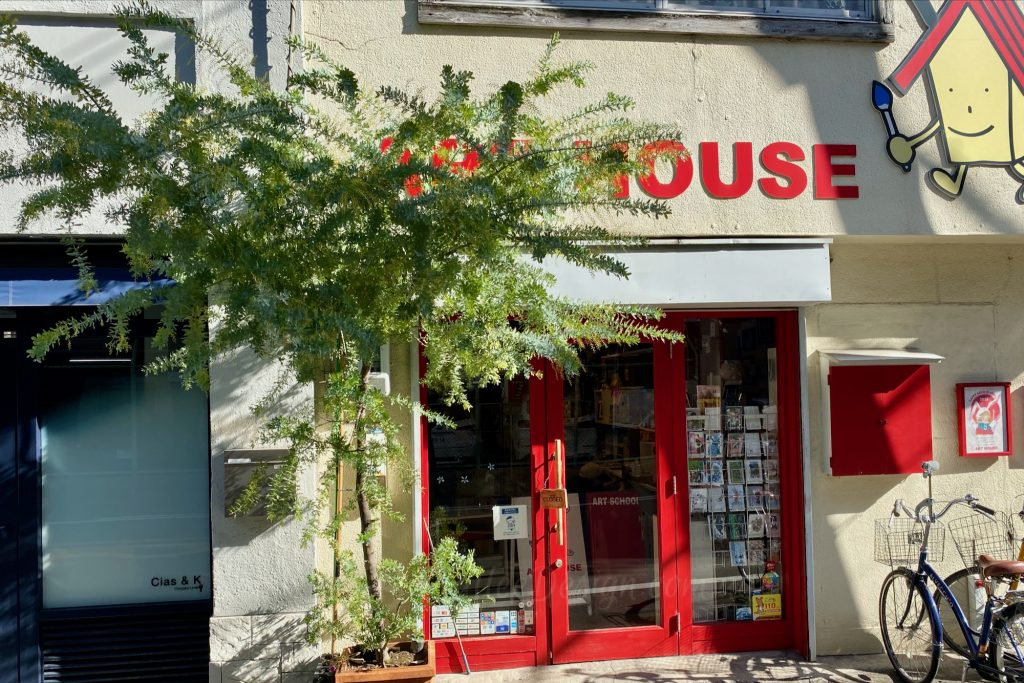
Second most common was Acacia baileyana, check out the healthy size of this one given the tiny pot it is in, it was flowering too.
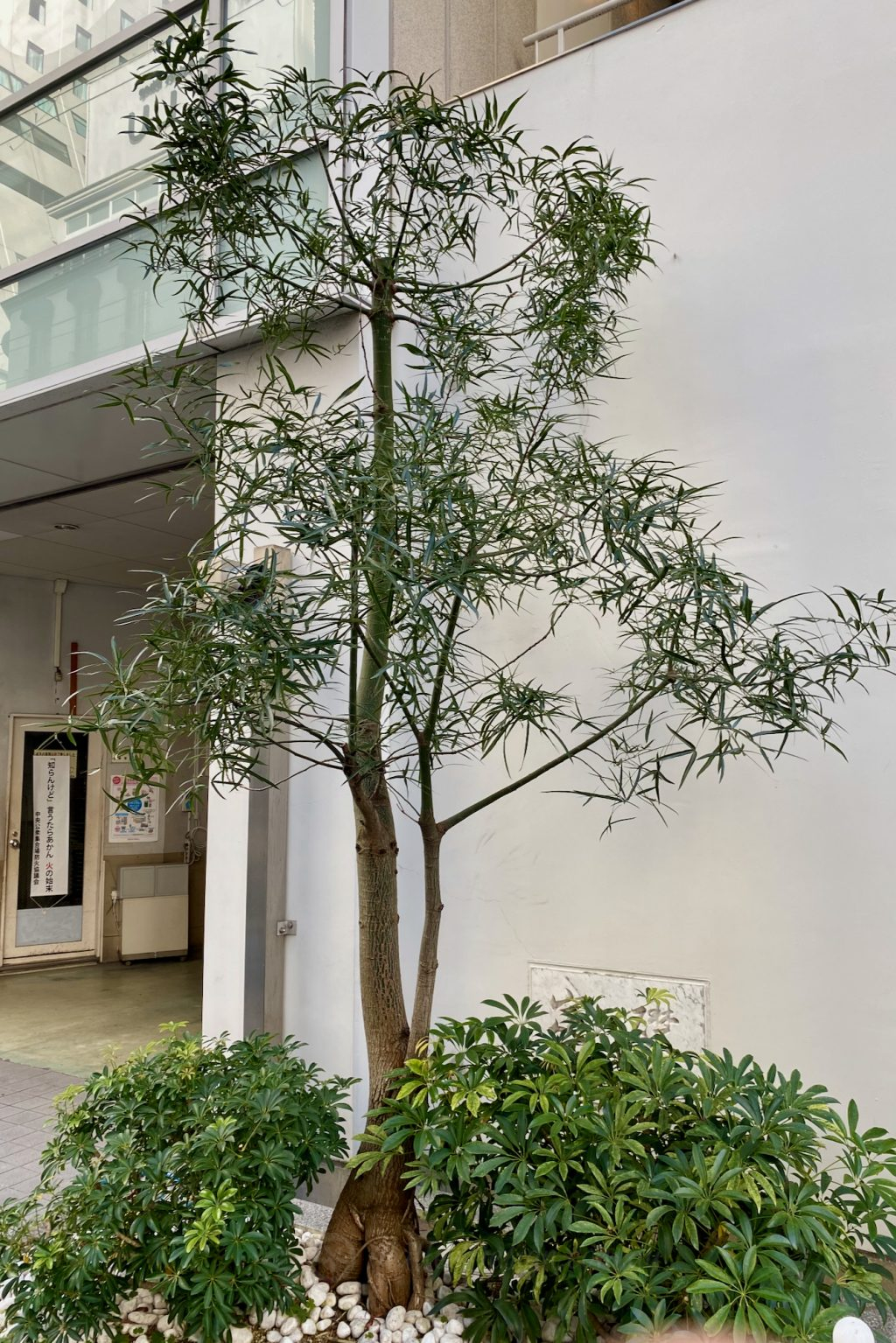
Brachychiton rupestris was also quite common, which makes sense as it looks splendid in a pot and will easily bonsai and turn its swollen trunk into all sorts of interesting shapes.
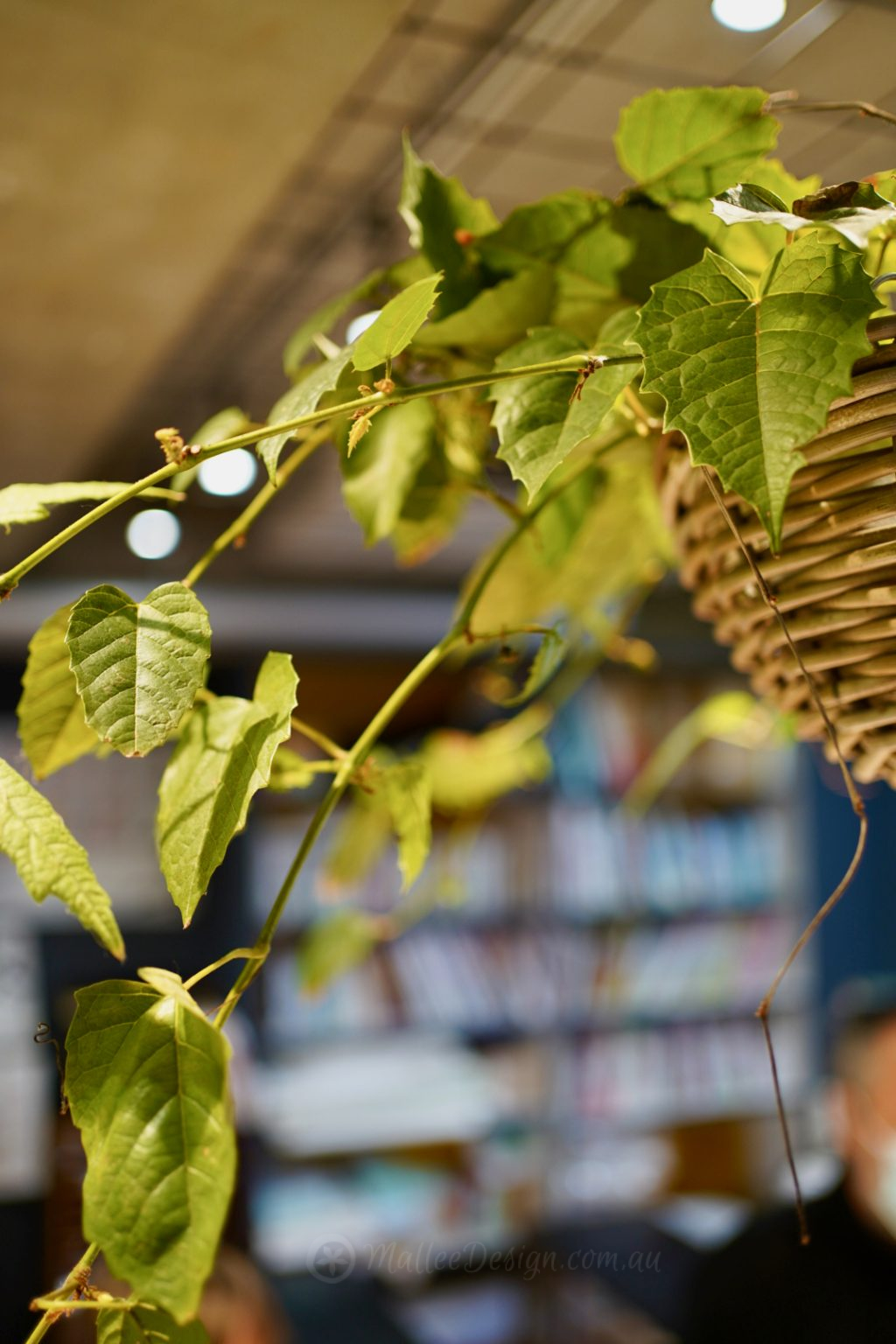
The Japanese also love their indoor plants and so many, cafes, restaurants, shops and homes look like they belong to a crazy plant nerd like myself! So I was super excited whenever I saw my favourite indoor plant Cissus antartica, that means I was super excited quite a bit ….
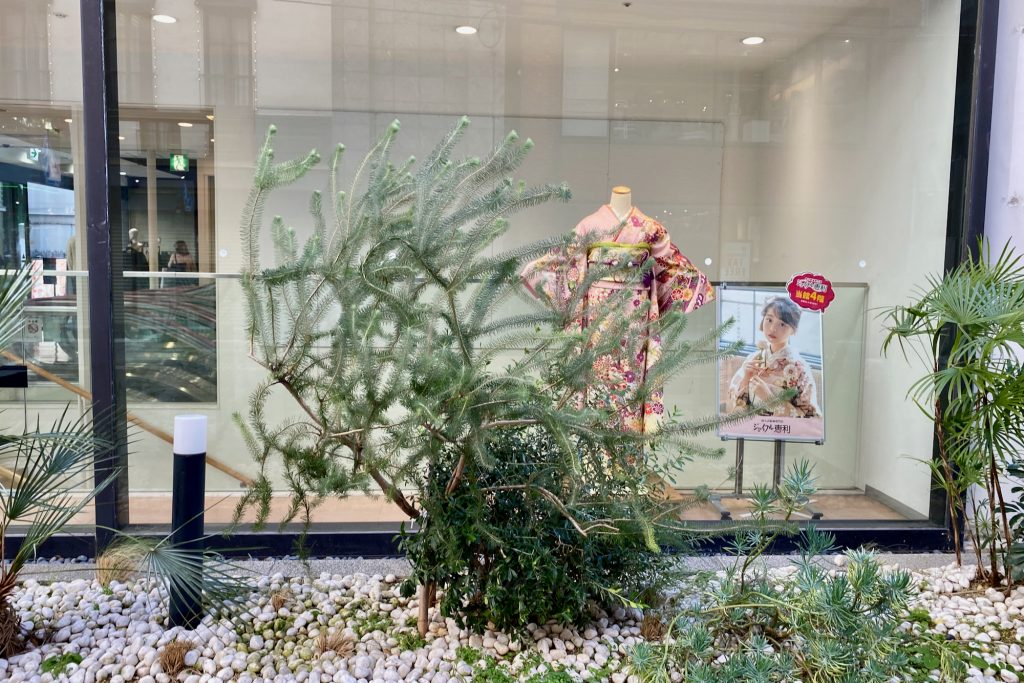
Many of the planting in the city are in raised garden beds directly adjacent to the building, meaning they don’t get much sun and the soil is very well drained, thats why native shrubs like Calothamnus were popular along with Eucalyptus pulverulenta ‘Baby Blue’, Leptospermum brachyandrum ‘Silver’ and Acacia covenyi, as you can see in the images below.


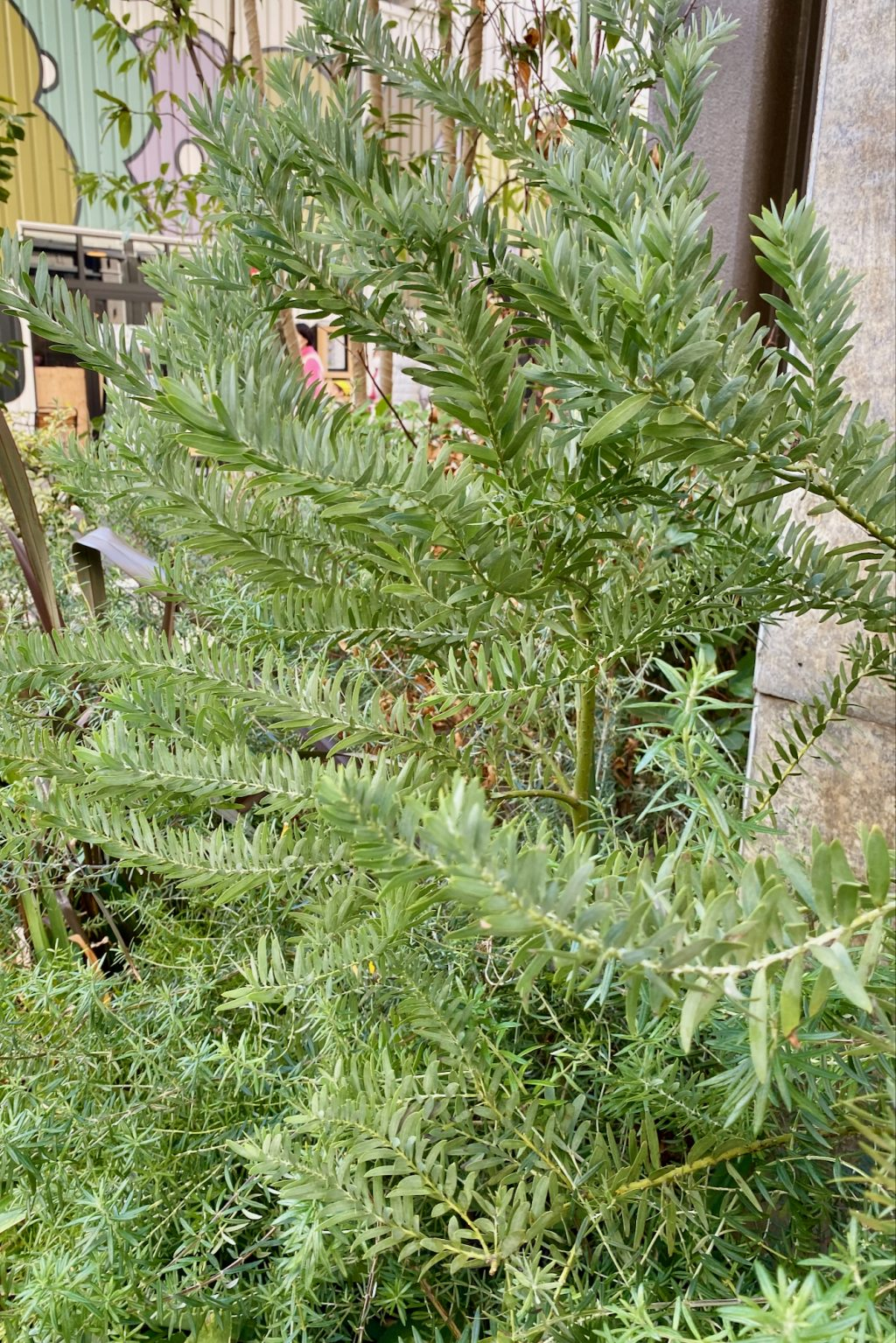
It makes sense that there is such a strong presence and appreciation for Australian Native Plants in Japan. The Japanese seem to be naturally drawn to appreciate small details and not only have a love of nature but seek out ways of interacting with the natural environment everyday. The ancient Japanese aesthetic of Shibui is a way of perceiving everyday items as a work of art ” Something shibui, although seemingly simplistic, evokes appreciation for the complex nature of life. “ I do believe our native plants here in Australia are rich in “Shibui” you can read more about it here: https://new.uniquejapan.com/ikebana/shibui/
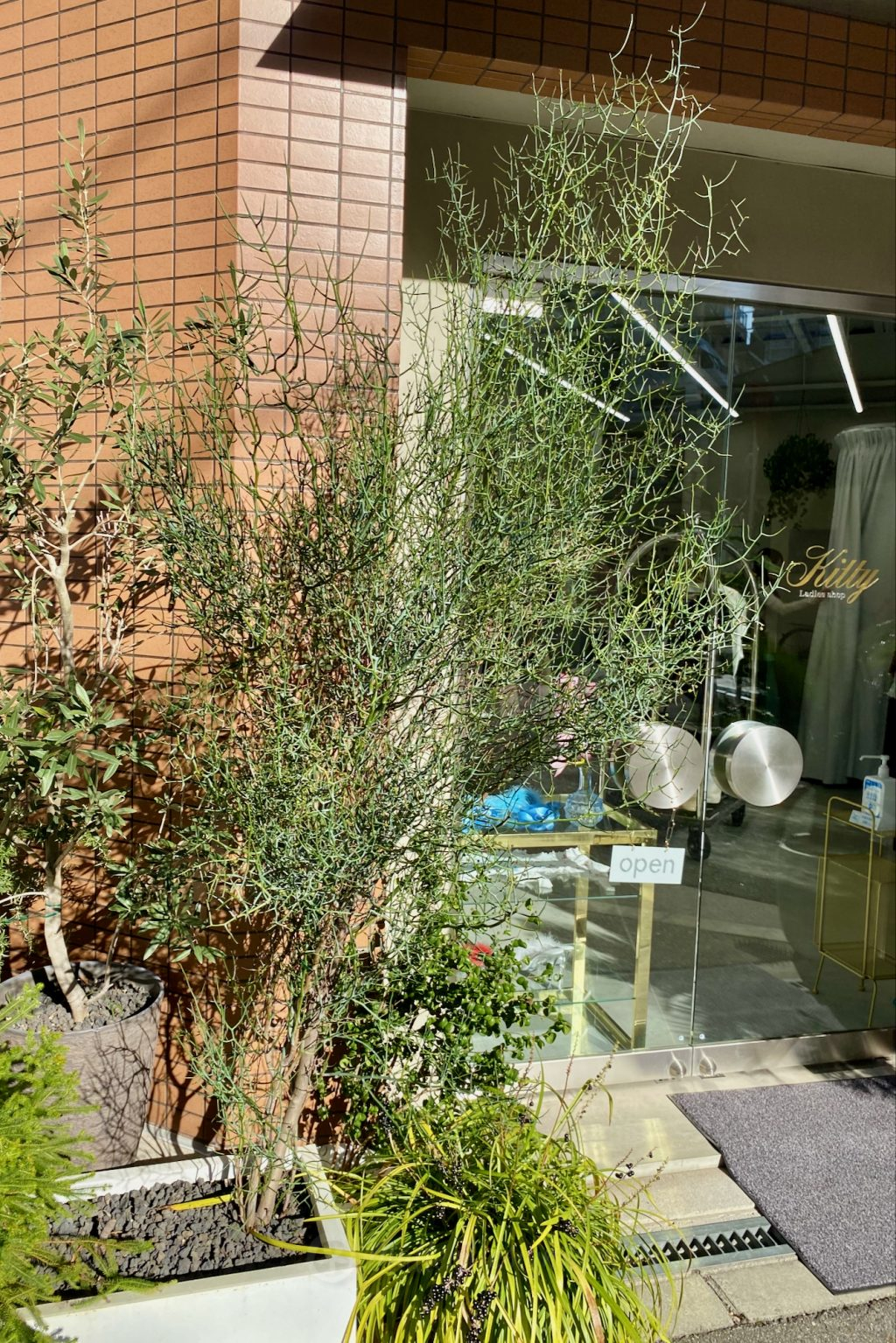
Many of the more unusual native species popped up too, like this Acacia aphylla above and the Eucalyptus macrocarpa below.
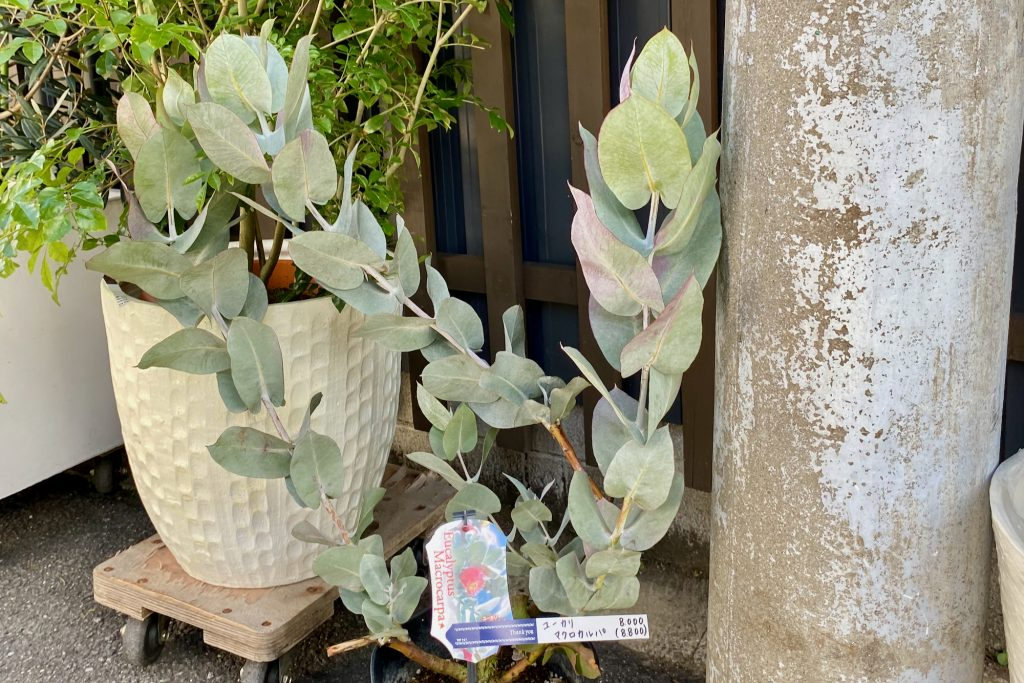
I would love to know if the macrocapa really can grow in Japan as the humidity can be quite intense!
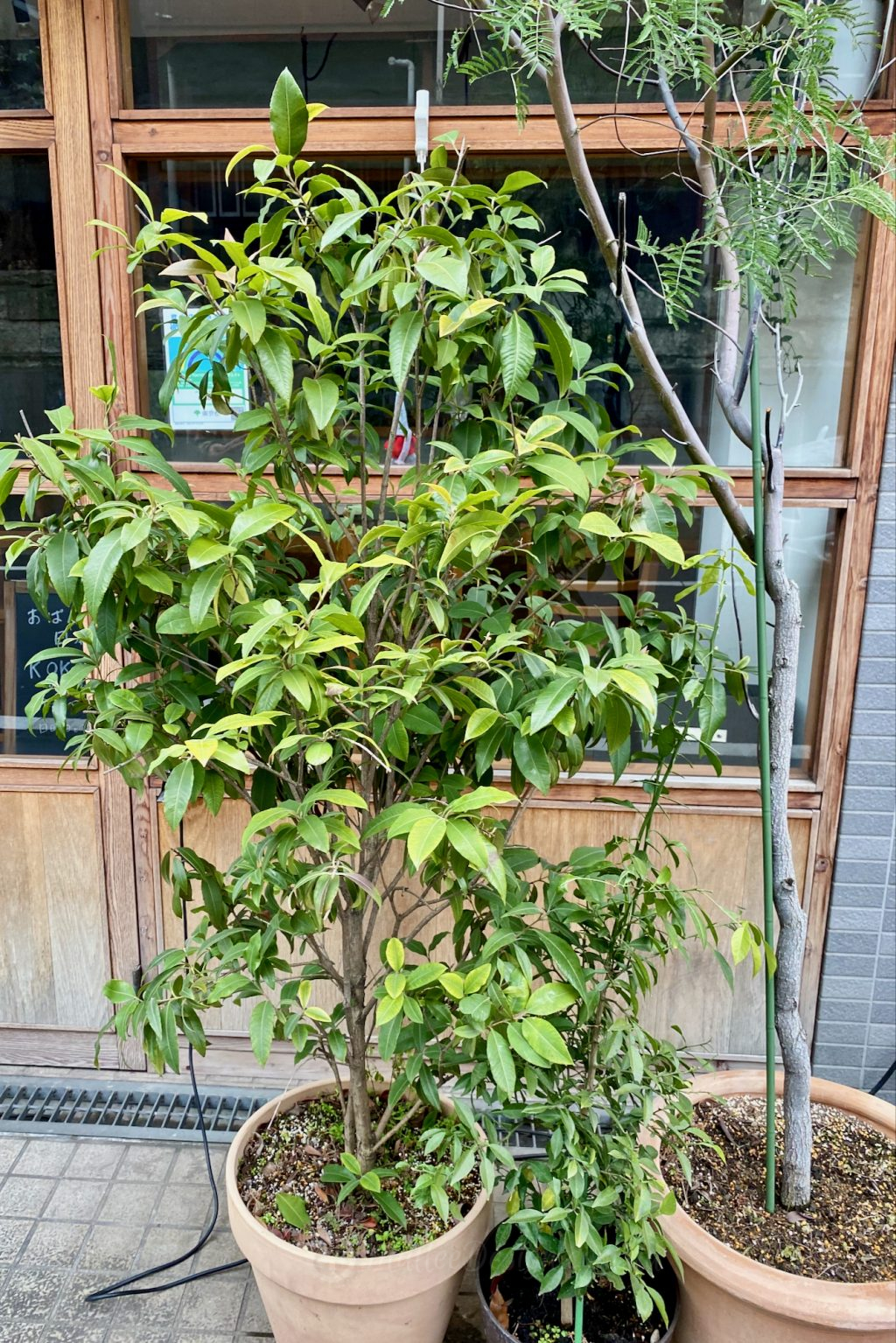
Along with their love of the natural world is their love for food, so I shouldn’t have been surprised to find some Bush Foods here and there 😉
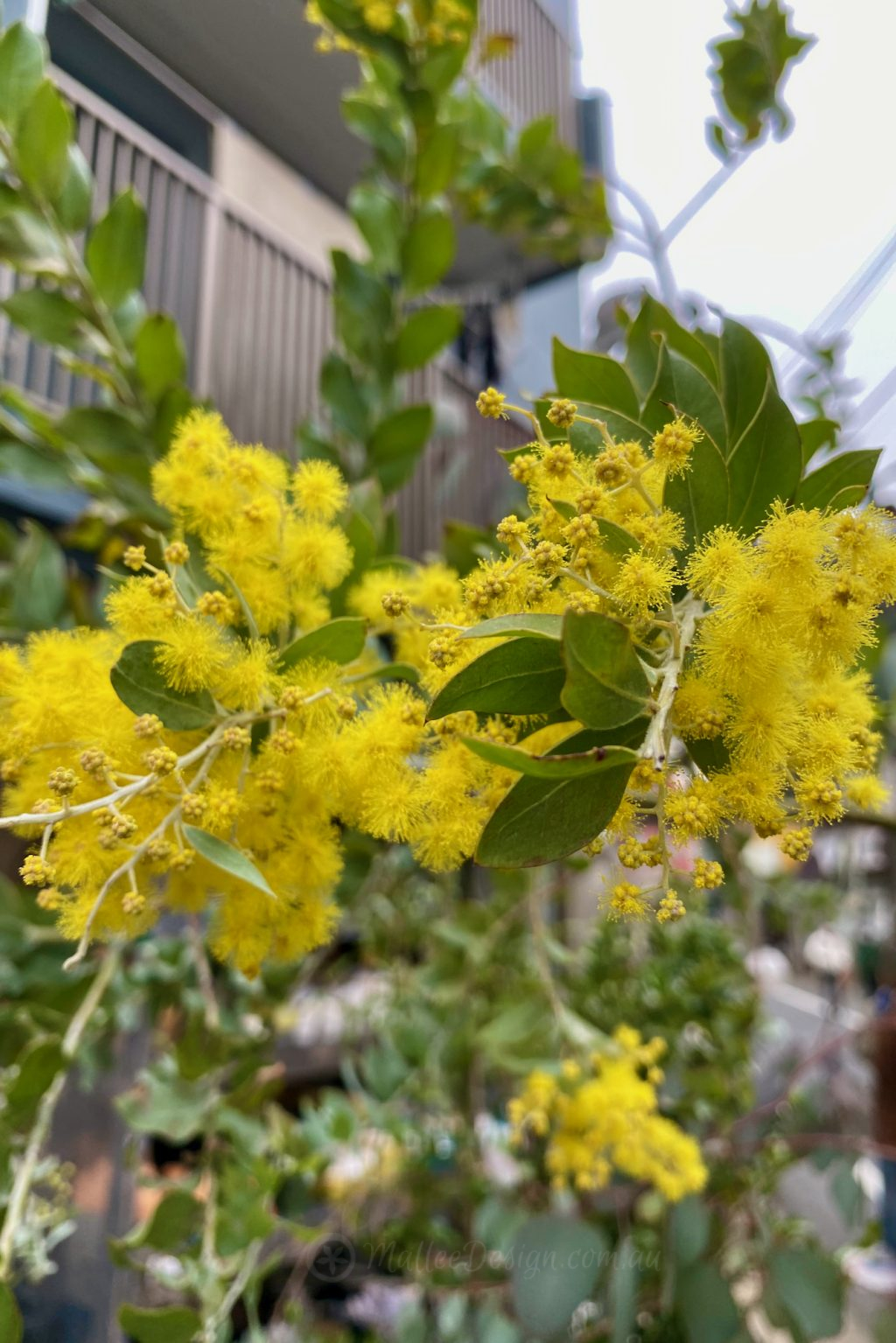
We all know how hardy Wattles are and that sometimes they can become a weed both here and overseas, but I’m pretty sure the Acacia species I saw were lovingly raised and maintained for their punchy flowers and heady perfume.
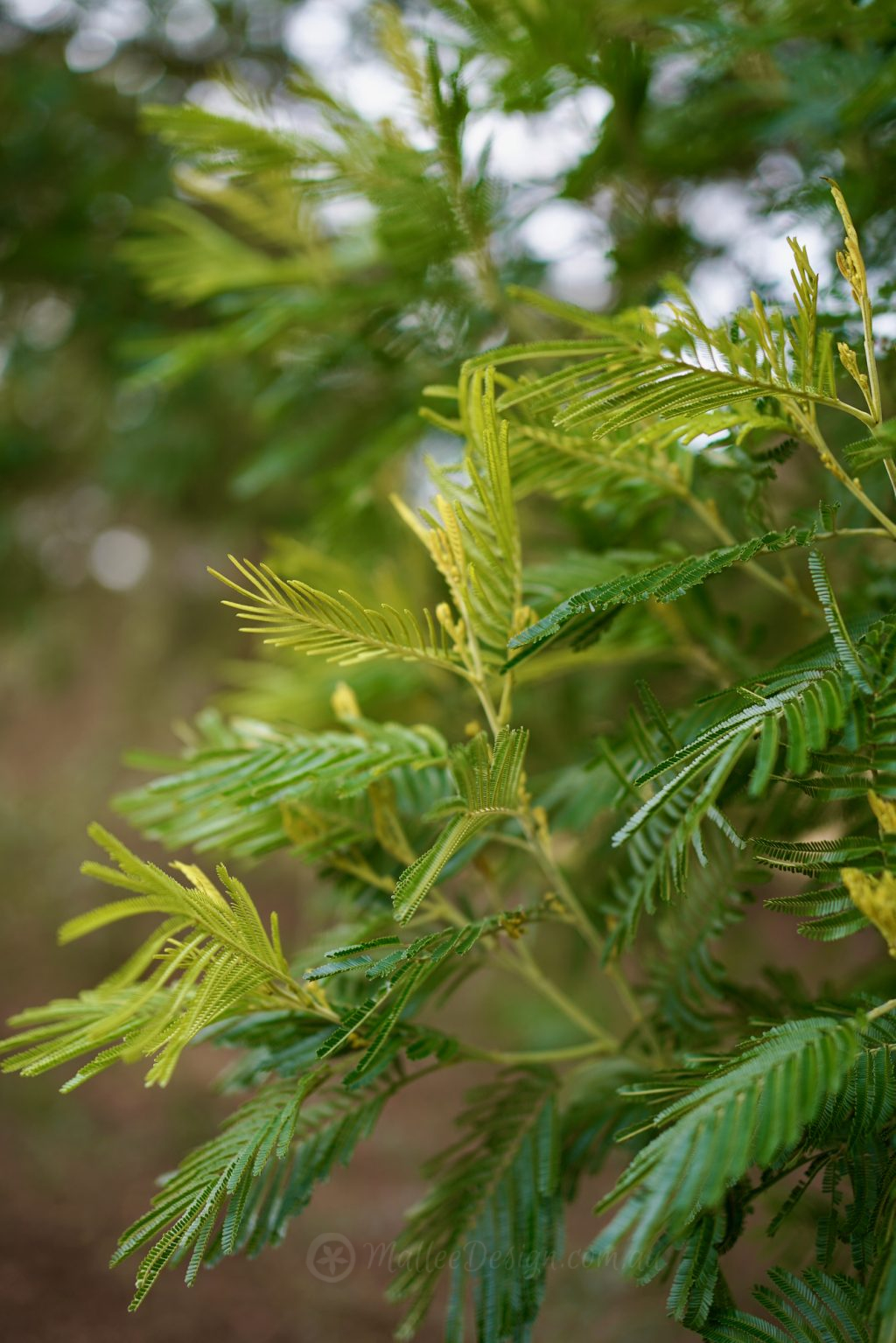
Oh and their unusual leaf shapes and habit ….
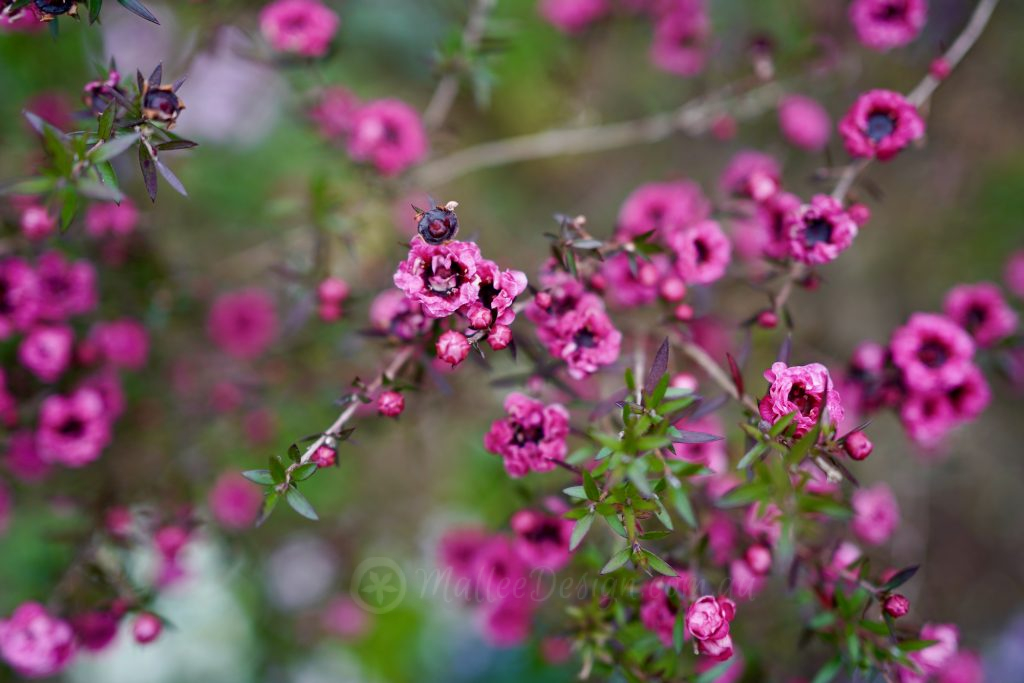
These images were taken in Shikoku, Naoshima , Kyoto, Osaka and Tokyo, which all have a humid Summer and a fairly snappy Winter.
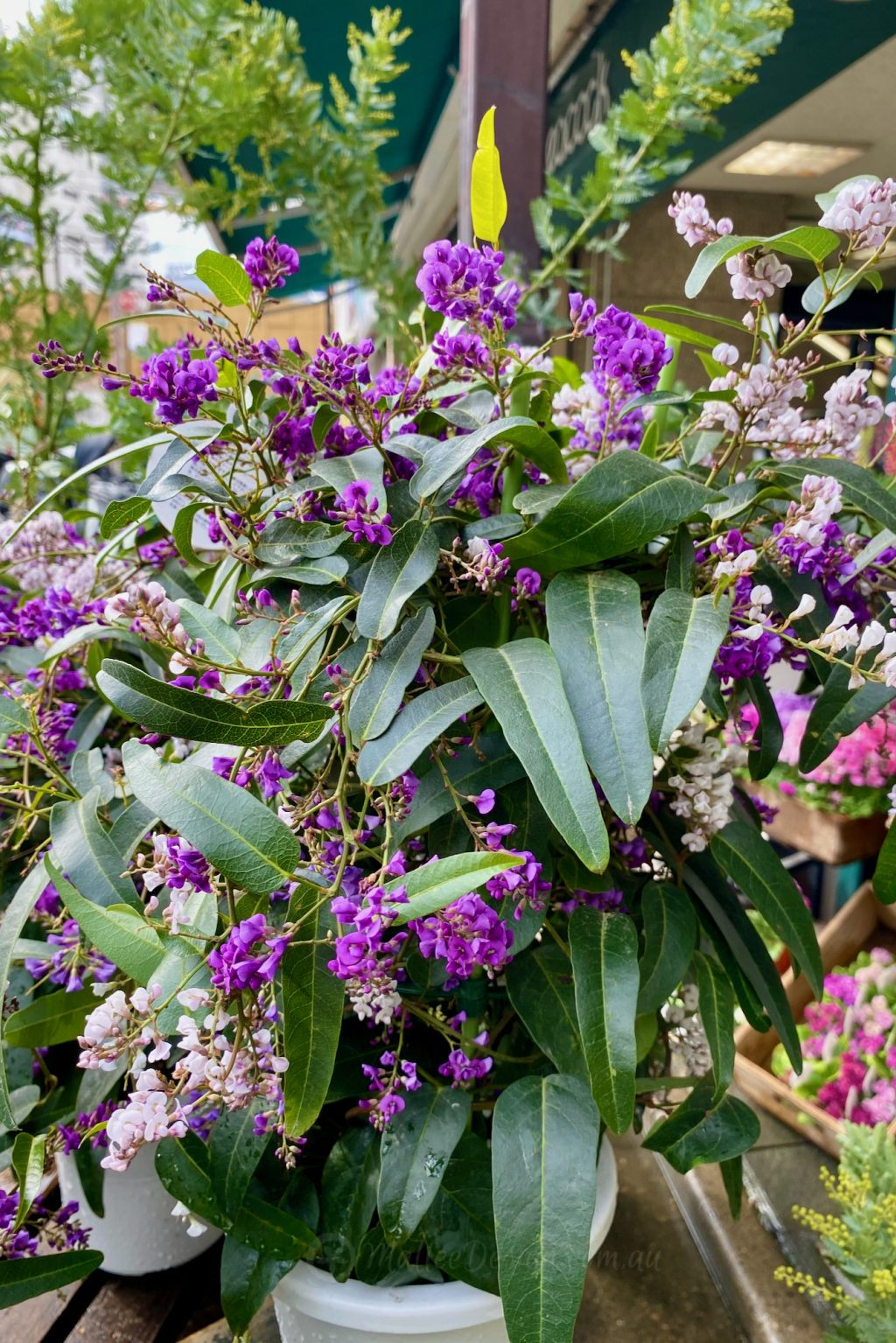
I hope you have enjoyed my nerdy journey, thanks for humouring me;)

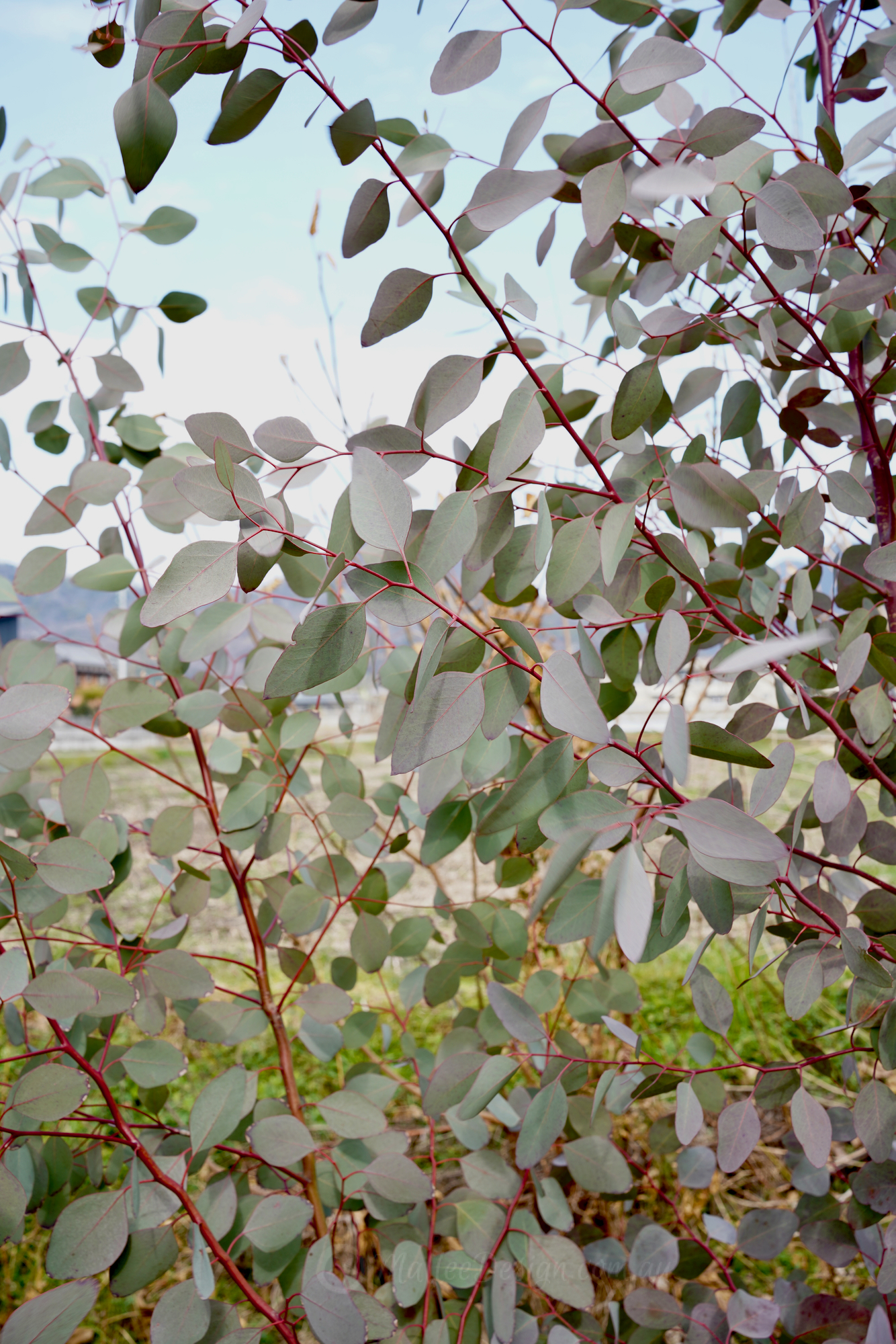
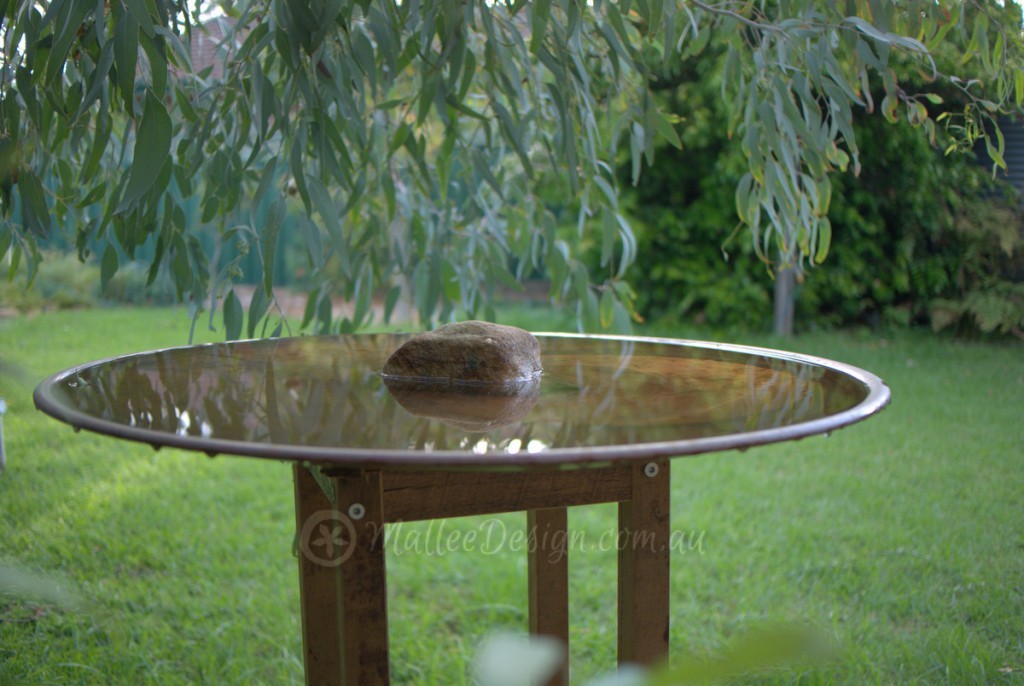
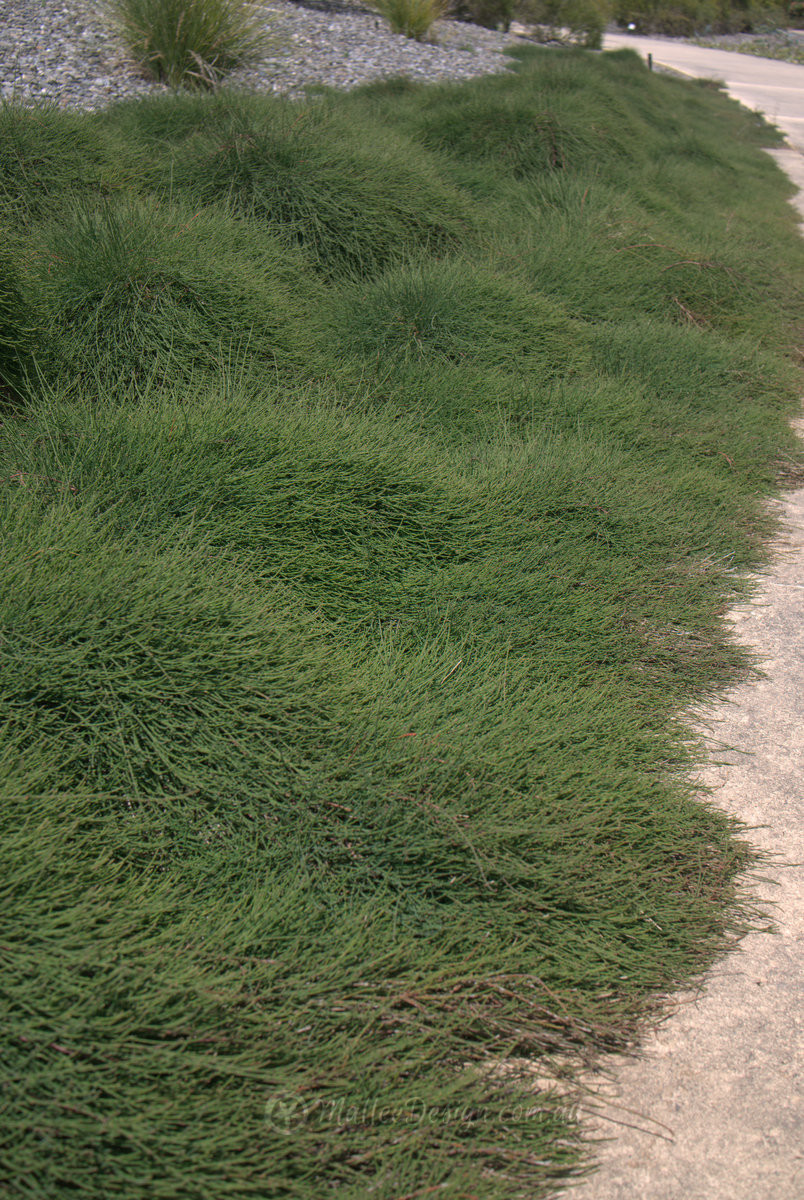
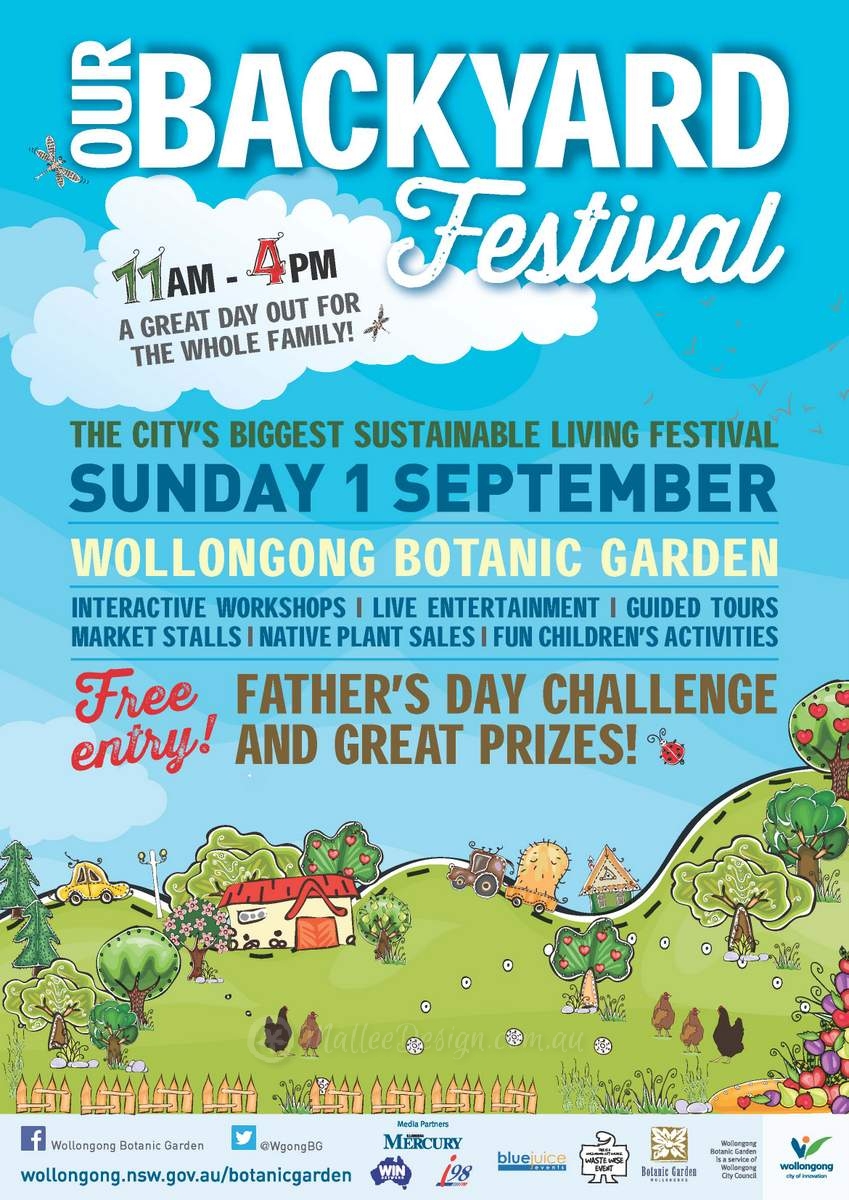
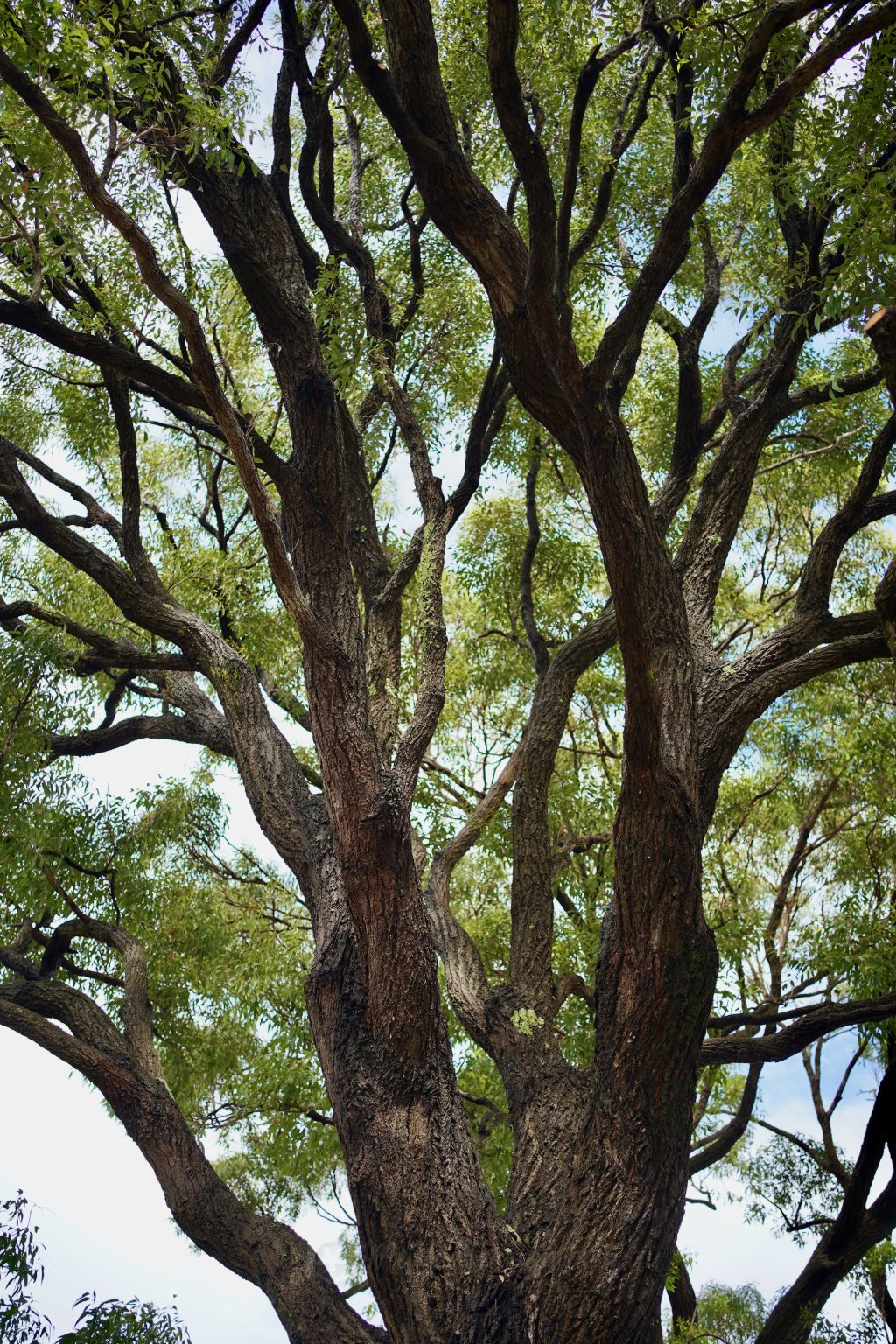
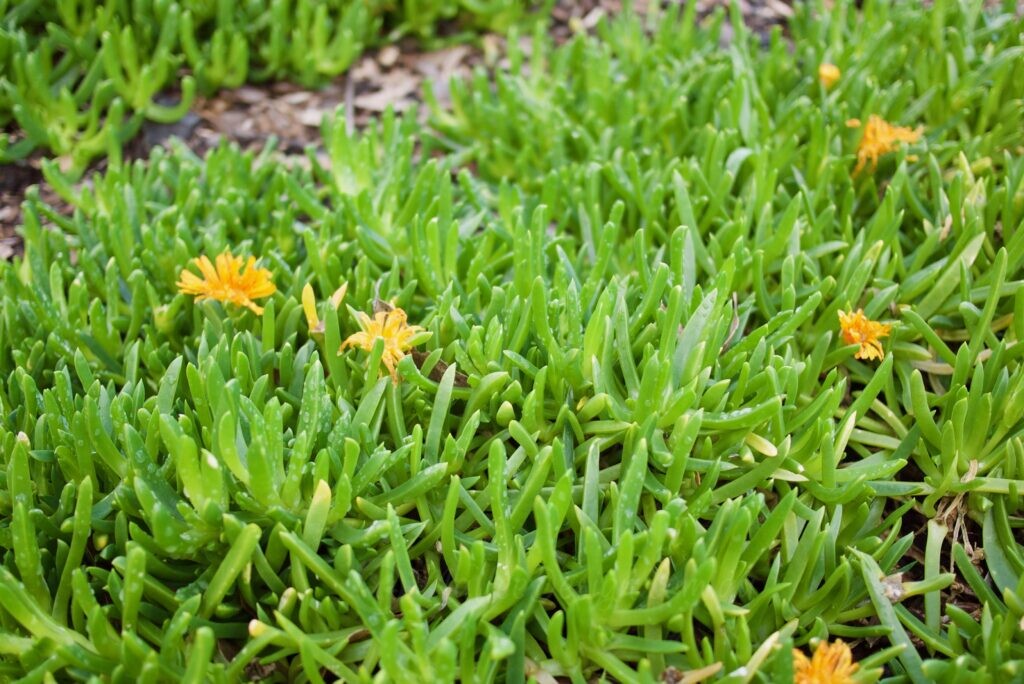
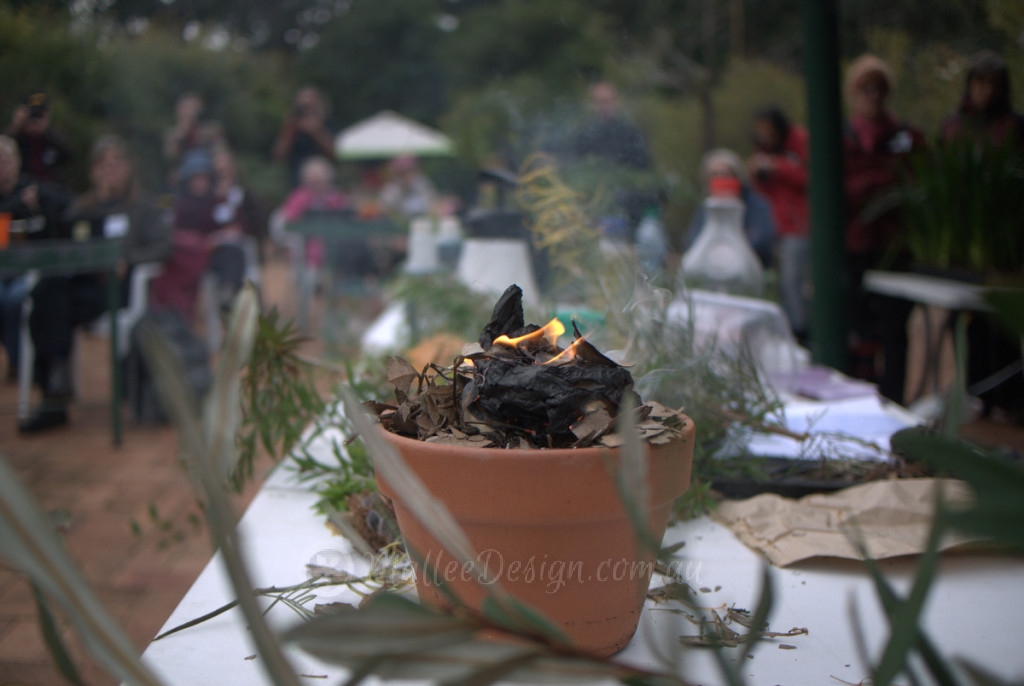
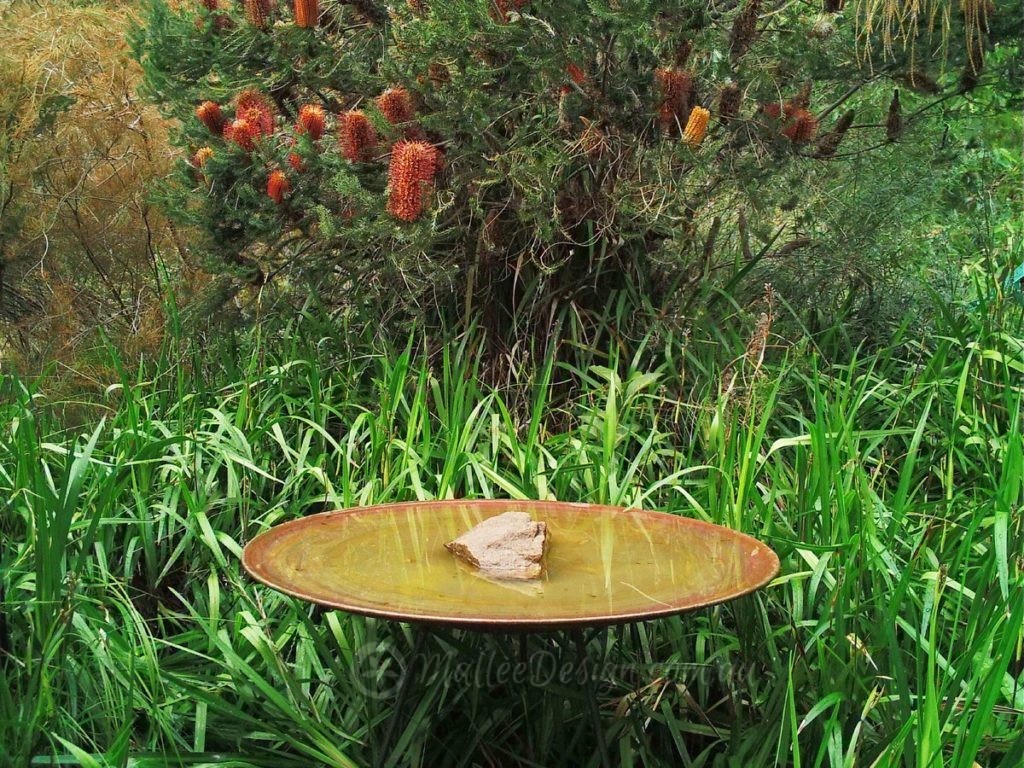
Leave a Reply